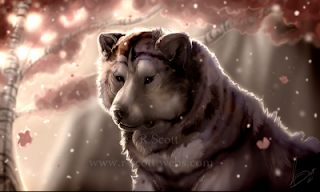It's no secret that dogs can bite. It also shouldn't come as a surprise to anyone that pit bull attacks tend to be the most severe of all. The ongoing study of serious and fatal dog attacks conducted by the animal people organization since 1982 indicates that pit bulls, at around 5% of the dog population in the USA, account for more fatal and disfiguring attacks on humans than the other 95% of dogs combined. Several medical studies have shown that the most severe dog bite trauma seen by ER doctors is nearly always inflicted by pit bulls. A 1986 dog attack study showed that pit bulls are 600% more likely to attack their owner than other dogs - and the pit bull attack statistics have been worsening in recent years.
I won't take a side in the debate about who is responsible - bad dogs or bad owners - for the growing number of pit bull victims. That's a topic that has been debated elsewhere and will continue to be debated for the foreseeable future. What I would like to do is help bolster public safety by raising awareness of the sorts of things that can trigger a pit bull attack. A little knowledge can help avoid these scenarios, and make one less likely to suffer a pit bull attack.
 |
| Fortunately for this victim the pit bull that attacked her was only 4 months old |
Here are 7 deadly triggers to avoid:
1. Attempting to discipline your pit bull. Really.
2. Attempting to intervene when your pit bull attacks another dog.
3. Slipping and falling on the ice while walking your pit bull. Really.
4. Being trapped under a car that falls on you while you're working on it.
5. Handing out peaches to passing children.
6. Going out to feed the horses.
7. Taking a walk on a Sunday afternoon.
This list of 7 triggers is fairly representative, but by no means complete. For a more comprehensive treatment, please consult this list of it bull attack triggers compiled by the fact checkers at dogsbite.org
References
"Are pit bulls different?" - Randall Lockwood, Kate Rindy
"Mortality, Mauling and Maiming by Vicious Dogs" - Bini et al
Dog attacks, deaths and maimings, US & Canada - Merritt


















